|
Nestled in the City of Independence, two newly established conservation easements cover 54 acres of diverse habitats, creating vital connections for wildlife. For the landowners, who are avid birders and wildlife enthusiasts, these properties are a living testament to their love for nature.
The landowners are thrilled that their property provides habitat for bobolinks, purple martins, American kestrels and more. They have a purple martin pair that uses their nesting box every year to raise their chicks. Both for those birds and for their own children, the landowners want to ensure their land is protected forever.
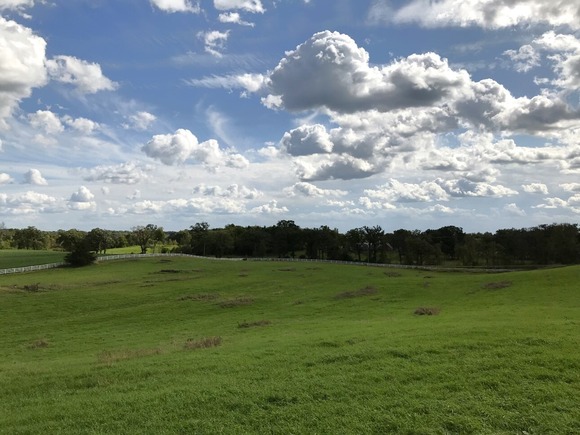 Expanding protected habitat
These two properties are located within three miles of over 570 acres of already protected land, so they help expand a critical habitat corridor. The properties contain several habitat types, including wetlands, grasslands, and 470 feet of Pioneer Creek shoreline. The properties are home to an abundance of wildlife, including 11 species of greatest conservation need.
Leaving a legacy for future generations
Protecting land in a conservation easement allows landowners to preserve what they value for future generations. In an area like western Hennepin County, where development pressures are a constant threat to natural spaces, conservation easements safeguard our natural resources and habitat, regardless of changes in ownership.
After an easement is established, the county works to improve the property’s native ecosystems. The newly established easements offer several promising opportunities for restoration, including over 20 acres of grassland that could be converted to native prairie and several wetlands that could be restored.
Learn more about the county’s work to protect and restore habitat.
Hennepin County offers grants and expert assistance to entities throughout the county to reduce waste and improve recycling. There is still time to apply for grants for businesses, organizations, schools, and multifamily properties before they close for the year.
Read about some recent grantees and consider pursuing a grant for where you work, live, go to school, or spend time in your community. Applications for these grant programs are being accepted through mid-November.
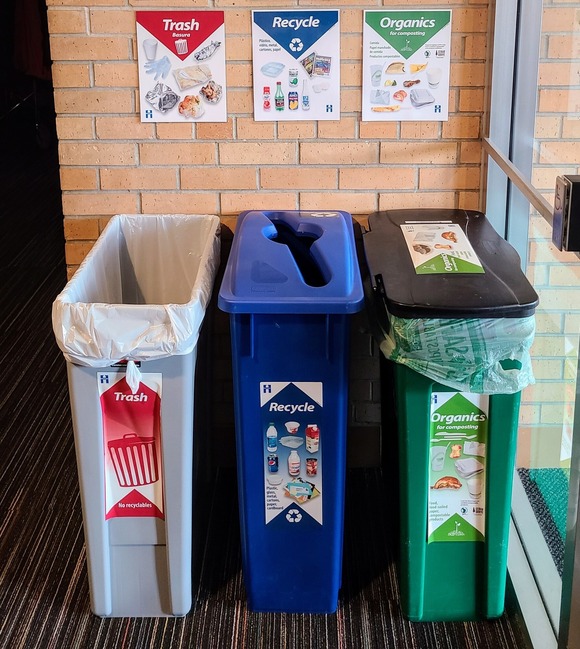 Trash, recycling, and organics recycling bins and signs at House of Prayer Lutheran Church in Richfield
Business waste prevention and recycling grants
Earlier this year, House of Prayer Lutheran Church in Richfield received a bin and compostable bag grant from Hennepin County to improve recycling and start organics recycling. They also ordered Hennepin County recycling posters and labels. Their staff then met with rental partners to provide education on reinvigorating recycling. Learn about business waste prevention and recycling grants.
Multifamily waste prevention and recycling grants
Compass Pointe, a 68-unit affordable apartment complex in New Hope, received a grant to improve recycling with signage and multilingual and multigenerational outreach. Reusable recycling tote bags and recycling guides in English, Spanish, and Somali were distributed to all residents along with recycling activity books for the many kids in the building. Following this education, recycling in the building increased by 5%. This adds up to over 26,000 additional pounds of recycling captured per year! Learn more about multifamily waste prevention and recycling grants.
School waste prevention and recycling grants
Stonebridge World School, a K-6 charter school in Minneapolis, received a grant to improve recycling at their school, start collecting organics in the cafeteria, and reduce waste during lunchtime by installing a dishwasher and switching to reusable food ware. Learn more about school waste prevention and recycling grants.
Hennepin County is redesigning the North Arm Public Water Access to repair important infrastructure and improve access for all users.
 Planned improvements
- Realigning the boat launch so that it doesn’t require a backing turn
- Angling the parking to improve parking lot safety and navigation
- Adding lake access for canoers, kayakers, and paddleboarders
- Making improvements for shoreline anglers
- Incorporating climate and resiliency features, including redesigning the stormwater management system and adding solar
Timeline
The design for the access is being developed now, and construction will take place fall 2025 through spring 2026. Construction will be done in phases and will prioritize maintaining public access during the busiest fishing and boating season.
Open house to learn about the project and provide feedback
Wednesday, October 2 from 5:30 to 7 p.m. at Orono City Hall
Come at any time during the open house to learn about the project, talk with staff, and provide feedback on the initial design concepts.
Learn more
Learn more, find feedback opportunities, and sign up for updates at hennepin.us/north-arm
Do you have a favorite place to connect with nature in Hennepin County? Take our survey to help us prioritize areas for natural resource preservation and conservation. This survey is being conducted in partnership with Hennepin County, the University of Minnesota, and Three Rivers Park District.
You can submit one place per survey response, but we invite you to take the survey as many times as you want. We know that there are many special places in the county that are worth protecting.
Tree-mendous environmental education networking meeting
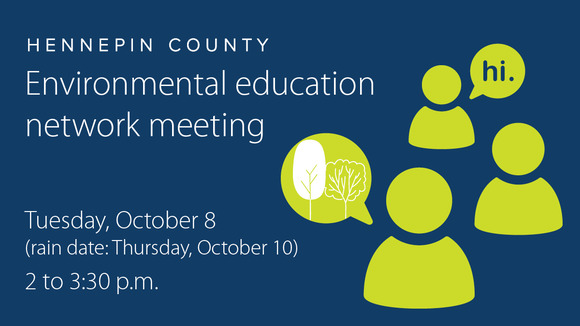 Tuesday, October 8 from 2 to 3:30 p.m. with optional happy hour to follow
Get ready to connect, learn, and have a blast at the fall Hennepin County environmental education network meeting in north Minneapolis. This free event is all about getting to know others, building connections, and exploring an urban forestry site.
Learn more and RSVP to attend.
Minnesota Bat Festival
Saturday, October 26 from 10 a.m. to 3 p.m. at the Minnesota Valley National Wildlife Refuge in Bloomington
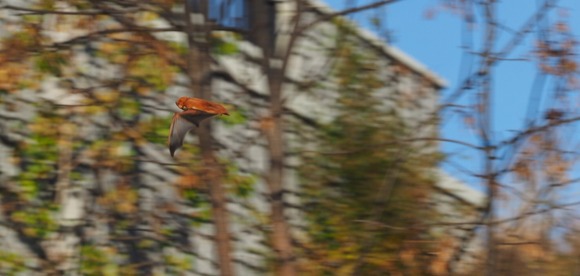 There are more than 1,400 species of bats worldwide, but have you ever wondered how many species of bats call Minnesota home? Come celebrate and learn about the unique role that bats play in our world at the Minnesota Bat Festival!
The event will feature live bat program, bat house information and giveaways, bat trivia, opportunities to be a bat scientist, batty crafts, speakers, and more! Hennepin County wildlife biologists will be at the event sharing information about the native bat species that live in the county. Visit them to test your knowledge about where bats roost.
Upcoming Fix-It Clinics
It's always frustrating when a product you enjoy stops working. But before you throw something out, have you considered repair? You might be surprised at how many common items can be fixed.
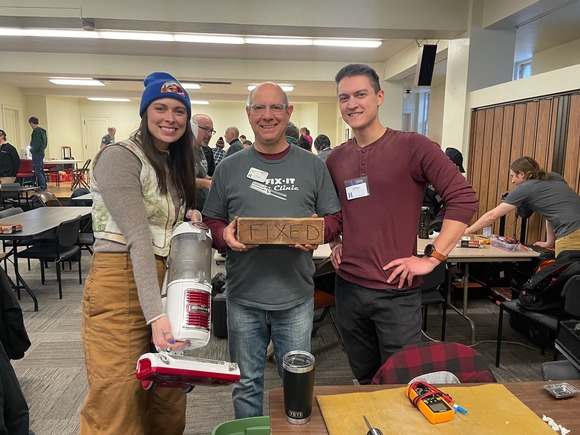 Learning to fix things around your house helps you save money while keeping usable items out of the trash. Hennepin County Fix-It Clinics offer free, guided assistance from volunteers with repair skills to disassemble, troubleshoot, and (hopefully) fix small household appliances, clothing, electronics, mobile devices and more.
Clinics for the rest of 2024 are scheduled for:
- Saturday, October 12, at St. Anthony City Hall from 10 a.m. to 2 p.m., with the last items accepted at 1:30 p.m.
- Saturday, November 9, at Mount Olivet Lutheran Church of Plymouth from noon to 4 p.m., with the last items accepted at 3:30 p.m.
- Saturday, December 14, at Creekside Community Center in Bloomington from noon to 4 p.m., with the last items accepted at 3:30 p.m.
Electrify Everything workshop
Saturday, October 5 from 10 a.m. to noon at North Regional Library in Minneapolis
There's still time to join the Electrify Everything workshop this Saturday to learn how to switch from fossil fuel-powered appliances to cleaner electric options and the resources and incentives available to help you make the switch.
Learn all about home electrification from the Center for Energy and the Environment and connect with contractors to ask questions and get your project started. The workshop is free but RSVPs are required. Participants will be entered to win a free induction cooktop!
Food preservation methods to try this harvest season
When the clock is ticking on your food, try preserving it! Preservation stops or slows down harmful bacteria growth to make food last longer. Below are some different preservation options to try this harvest season.
For more on all of these methods, see resources on preserving and preparing food safely from the University of Minnesota Extension. Interested in more quick and easy tips to help you make the most of your groceries, waste less food, and save money? Sign up for Fridge Check Friday emails!
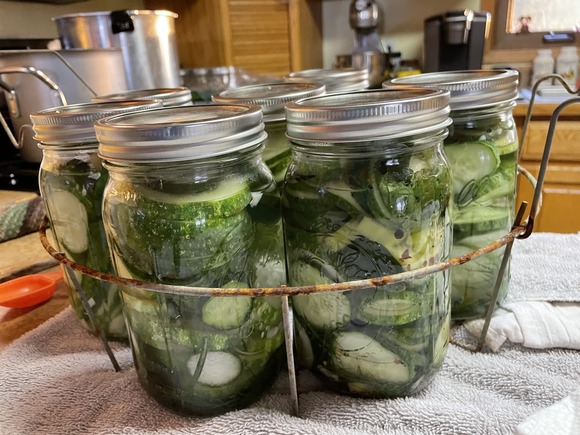 Pickling
Pickling uses salt water or acid to preserve foods. Quick pickling uses vinegar as the acid, while fermented pickling uses natural bacteria that create acid. Pickling can be done with a variety of vegetables, including cucumbers, carrots, green beans, peppers, beets, onions and much more.
Canning
Canning, which is the process of sealing foods in jars, preserves many different foods. Water bath canning uses boiling water for heat and is good for high-acid foods like tomatoes, fruit jams and jellies, pickled foods, and salsas. Pressure canning uses pressure to reach high temps and is good for low-acid foods like meats, milk, and all veggies except tomatoes.
Drying
Drying is a simple process that relies on low heat, air flow, and time. Use an oven or food dehydrator to dry herbs, fruit, vegetables, meat, and prepared foods like chili.
 Making jams and jellies
Turning fruit into jams and jellies is a delicious way to preserve the summer bounty. Jams and jellies can last up to 3 weeks in the fridge, up to a year in the freezer, and over a year if canned.
Freezing
Freezing is the easiest of all preservation methods. Almost anything – fruit, veggies, herbs, leftovers, meat, bread, flour – can be frozen. Blanching, or dunking food in boiling water then ice water, is a must for freezing most vegetables.
|